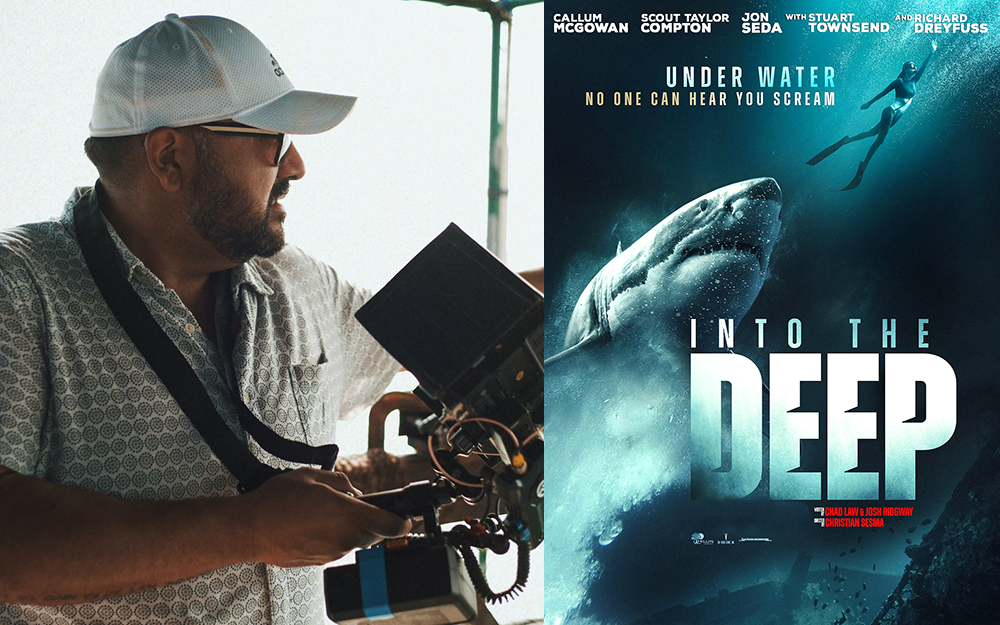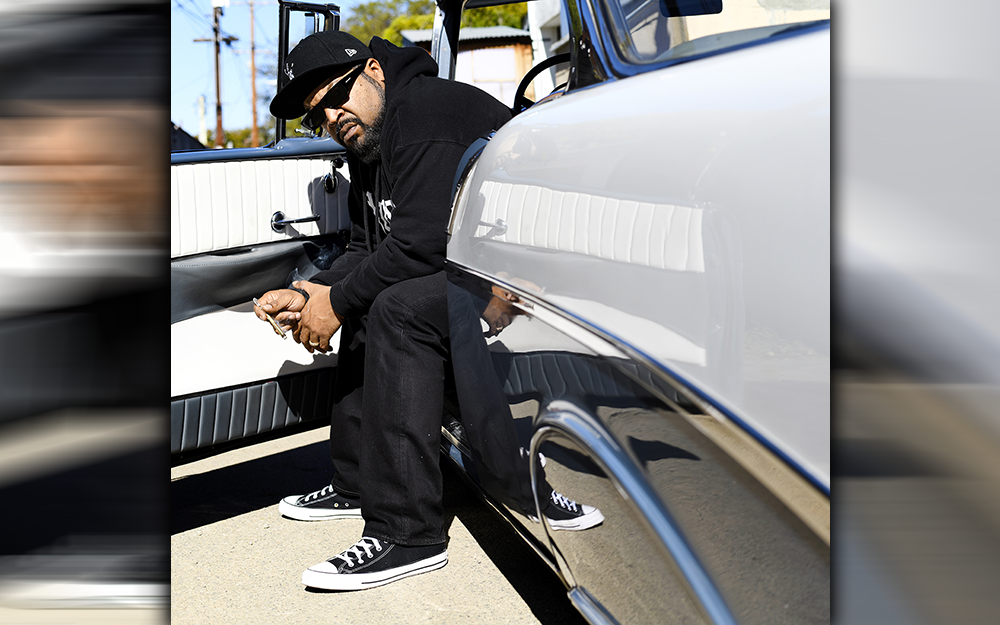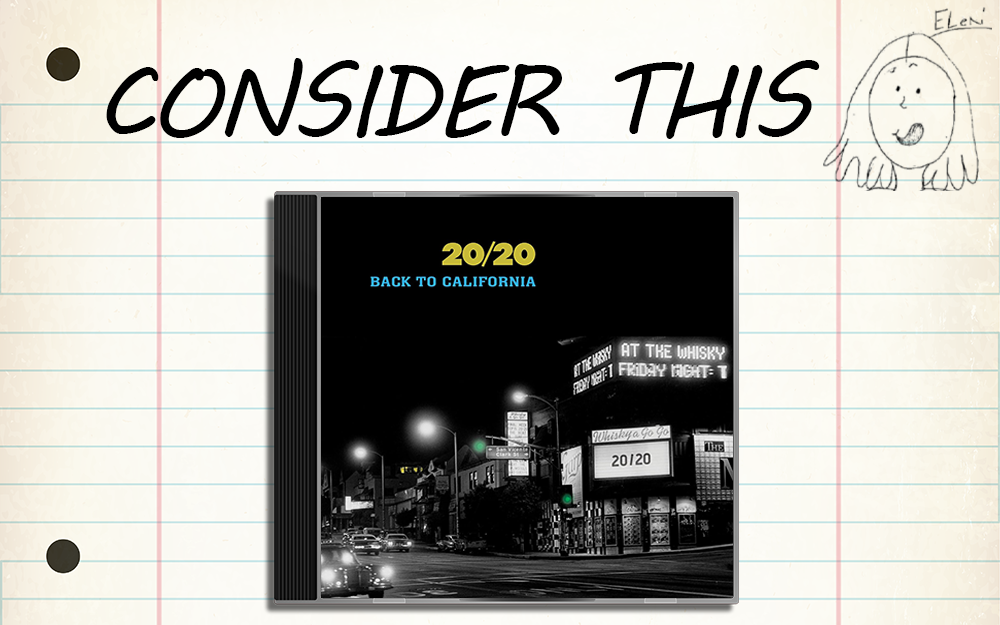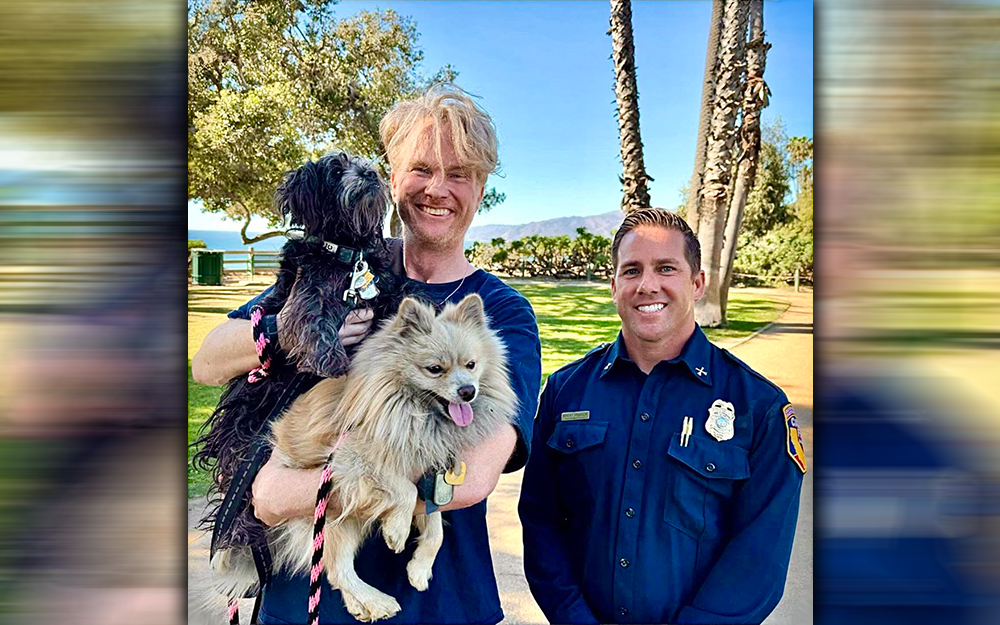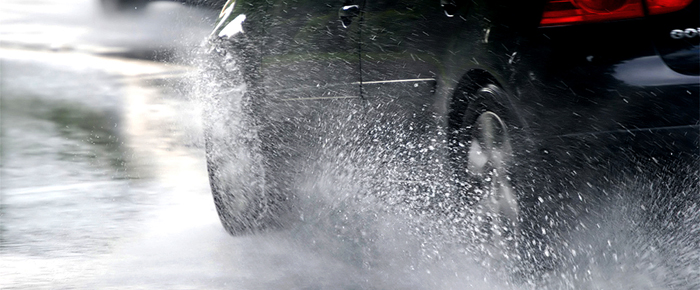
Rain is on the way and we may see lots of it reminds Fire Chief Sam DiGiovanna. Let’s review a few safety tips. Tire pressure is important. You should check the pressure once a month, using a tire gauge. Check your windshield wipers to be sure they’re up to the task. If they need replacing and you’re doing it yourself, you can check online guides to be sure you’re doing it correctly.
Check headlights, taillights, brake lights and turn signals to be sure all are working properly. When you’re driving, turn your headlights on to boost your visibility. Some states require the use of headlights when windshield wipers are in use.
Slow down: Driving too fast for conditions is especially dangerous on wet pavement because your tires lose traction. “When roadways are wet, the friction is reduced between the tire and the road,” Chief DiGiovanna adds. No friction is a bad thing. Tires are meant to grip the roads, not slide on them.
How much does traction decline in wet weather? “You might lose about one-third of your traction”. And that figure is why this recommendation makes sense: Reduce your speed by about a third when it’s wet or rainy. If the speed limit is 55 mph, aim for under 40 mph. “That is not a hard statistic but a rule of thumb.”
Back off: Forget the old rule about keeping a certain number of car lengths between you and the vehicle in front of you. Focus on staying 3-4 seconds behind the vehicle in front of you in dry conditions.
For each additional driving challenge, add another second, Van Tassel says. If it’s raining and you are driving at night, you should aim to be 6 seconds behind the vehicle in front of you.
If possible — and in heavy traffic, it might not always be — try to keep from being boxed in by cars in the lanes on either side of you. If you have space on either side of your car, you have an easy out in case the vehicle ahead of you stops suddenly. Contact your local fire, police or highway patrol for additional safety information on driving in the rain.
Be Safe!
Fire Chief Sam DiGiovanna









